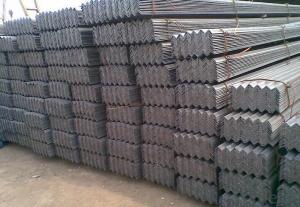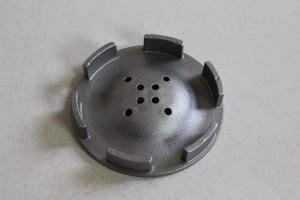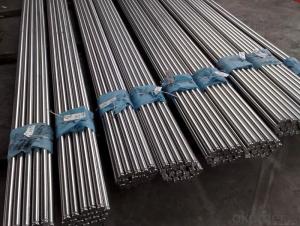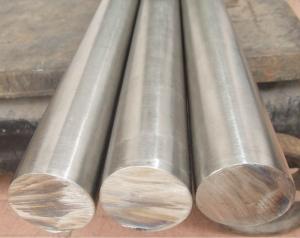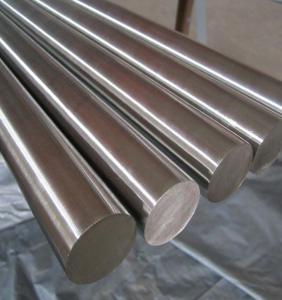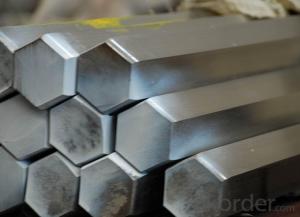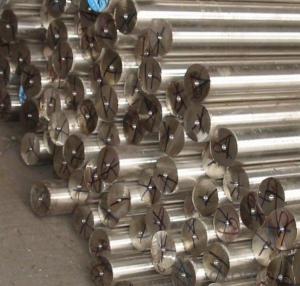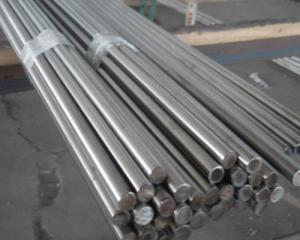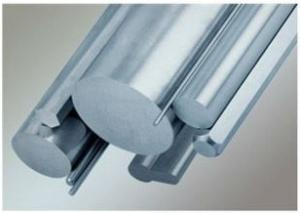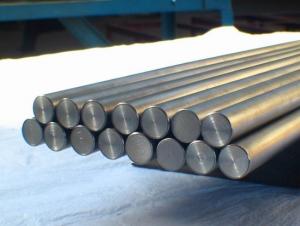Black Stainless Steel Faucets
Black Stainless Steel Faucets Related Searches
Best Paint For Stainless Steel Blanket Insulation For Steel Buildings Primer For Galvanized Steel Foam Filter For Stainless Steel H S Code For Stainless Steel Surface Grinding Wheels For Stainless Steel Surface Grinding Wheels For Hardened Steel Hole Saw For Stainless Steel Paint For Stainless Steel Stainless Steel For BbqHot Searches
Steel Mesh Panels For Sale Price For Stainless Steel Scrap Scrap Price For Stainless Steel Price For Stainless Steel Stainless Steel Tank For Sale Stainless Steel Sheets For Sale Cheap High Tea Sets For Sale Stainless Steel Tanks For Sale Stainless Steel For Sale High Density Fiberboard For Sale Solar Hot Water Collectors For Sale Scaffolding For Sale In Uae Scaffolding For Sale In Ireland Scaffolding For Sale In Houston Type Of Inverter For Solar Price Of Shipping Containers For Sale Types Of Inverter For Solar Stock Price For Aluminum Used Solar Inverter For Sale Steel Mesh Panels For SaleBlack Stainless Steel Faucets Supplier & Manufacturer from China
Okorder.com is a professional Black Stainless Steel Faucets supplier & manufacturer, offers integrated one-stop services including real-time quoting and online cargo tracking. We are funded by CNBM Group, a Fortune 500 enterprise and the largest Black Stainless Steel Faucets firm in China.Hot Products
FAQ
- There are several different types of stainless steel bars used in food packaging due to their excellent corrosion resistance and hygienic properties. Some of the common types include: 1. Austenitic Stainless Steel Bars: These bars are highly corrosion-resistant and are the most commonly used type in food packaging. They have high levels of chromium and nickel, which provide excellent resistance to rust and stains. Austenitic stainless steel bars are also easy to clean and maintain, making them ideal for food contact surfaces. 2. Ferritic Stainless Steel Bars: Ferritic stainless steel bars have a higher amount of chromium and lower amounts of nickel compared to austenitic stainless steel. They offer good resistance to corrosion and can withstand high temperatures. Ferritic stainless steel bars are often used in food packaging equipment that requires heat resistance and durability. 3. Martensitic Stainless Steel Bars: Martensitic stainless steel bars have a higher carbon content, making them harder and more brittle compared to other types. They are commonly used in food packaging applications that require high strength and wear resistance. However, due to their lower corrosion resistance, they are often used in non-food contact areas. 4. Duplex Stainless Steel Bars: Duplex stainless steel bars have a combination of austenitic and ferritic properties, offering high strength and good resistance to corrosion. They are commonly used in food packaging equipment that requires both strength and corrosion resistance, such as storage tanks and processing machinery. When choosing the appropriate stainless steel bar for food packaging, it is crucial to consider factors such as corrosion resistance, hygiene, temperature resistance, and strength requirements, as each type of stainless steel bar has its own unique properties and advantages.
- Surgical instruments can indeed be manufactured using stainless steel bars. The medical industry widely employs stainless steel due to its unique properties. Its resistance to corrosion is of utmost importance when it comes to surgical instruments that directly interact with bodily fluids and tissues. Furthermore, stainless steel's exceptional strength and durability enable surgical instruments to endure multiple sterilization processes while maintaining their form and performance over time. Moreover, stainless steel is non-reactive and biocompatible, meaning it does not provoke any unfavorable reactions or allergies during surgical procedures. Hence, stainless steel bars serve as a suitable material for the production of surgical instruments, ensuring their dependability, safety, and durability in medical environments.
- The price of stainless steel bars may fluctuate due to several factors, including the grade of stainless steel, the bars' size and shape, and the quantity bought. Typically, stainless steel bars are priced per pound or kilogram. The cost can also be influenced by the current market price of stainless steel. To obtain the most accurate pricing information, it is recommended to consult suppliers or manufacturers as prices can vary over time. Moreover, specific needs or customization can also impact the cost of stainless steel bars.
- Yes, stainless steel bars can be used in water treatment applications. Stainless steel has excellent corrosion resistance properties, making it suitable for use in environments with high moisture levels and exposure to chemicals. It is commonly used in water treatment plants for various purposes such as piping, tanks, and equipment due to its durability and hygienic qualities.
- Different colors cannot be applied to stainless steel bars through anodizing. Anodizing is mainly used on aluminum to form a protective oxide layer that can be dyed in various colors. Conversely, stainless steel already possesses a natural oxide layer that acts as a protective barrier, preventing additional oxidation. This thin and transparent oxide layer is responsible for the characteristic silver color of stainless steel. Although it is feasible to add a colored coating or paint to stainless steel bars, anodizing in different colors is not a feasible choice for this material.
- Yes, stainless steel bars are suitable for the production of shaft couplings. Stainless steel is known for its high strength, durability, and resistance to corrosion, making it an ideal material for applications that require reliable and long-lasting components like shaft couplings.
- Stainless steel bars have various surface treatments available, each with its own unique benefits and characteristics. 1. Pickling: By using an acid solution, impurities and oxide scale are removed from the surface of stainless steel bars. This process results in a clean and smooth surface, enhancing corrosion resistance and improving aesthetics. 2. Passivation: A chemical treatment is applied to eliminate iron particles and other contaminants from the surface of stainless steel bars. This treatment forms a protective oxide layer, reducing the risk of corrosion and extending the bars' overall lifespan. 3. Electropolishing: An electrochemical process is employed to remove a thin layer of metal from the surface of stainless steel bars. This treatment yields a smooth, shiny, and clean surface, enhancing corrosion resistance and making the bars easier to clean. 4. Shot blasting: The surface of stainless steel bars is bombarded with small metal or glass beads at high velocity. This process eliminates contaminants, scale, and impurities, resulting in a textured surface. Shot blasting is commonly used to prepare the bars for subsequent coating or painting. 5. Grinding: Abrasive wheels or belts are used in a mechanical process to remove surface imperfections and create a smooth finish on stainless steel bars. This treatment is frequently employed to improve the appearance of the bars and prepare them for further processing or finishing. 6. Brushing: Abrasive belts or brushes are utilized to create a brushed or satin finish on stainless steel bars. This treatment produces visible parallel lines on the surface, providing the bars with an elegant and aesthetically pleasing look. 7. Coating: Coating stainless steel bars can offer additional protection against corrosion and enhance their appearance. Common coating options include powder coating, electroplating, and PVD (Physical Vapor Deposition) coating. These coatings can provide different colors, textures, and levels of corrosion resistance. Selecting the appropriate surface treatment for stainless steel bars is crucial and should be based on the intended application, desired appearance, and required level of corrosion resistance. Seeking guidance from a professional or supplier specializing in stainless steel surface treatments can ensure the best results.


























